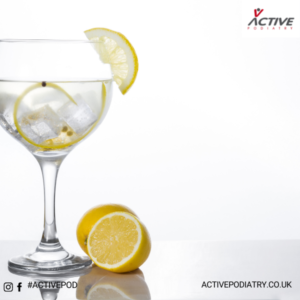Ice or Heat? Which is best for an injury?

Ice or heat? Which is best for an injury?
Ice is nice, right? When something feels sore, putting an ice pack on it seems like a natural thing to do. It numbs the pain, cools the area down and feels nice. But is it always the best thing for an injury?
What does ice do?
The long-held theory behind using ice to relieve pain after injury is that it reduces ‘pathological’ swelling and inflammation around the injury, thereby relieving pain. R.I.C.E is a popular acronym often used, standing for Rest Ice Compression and Elevation.
But do we always want to reduce inflammation? It is helpful to understand what happens when we get injured.
Our natural response to injury
The body responds to injury by creating an inflammatory response around the injury site. This has the effect of opening up the blood vessels, increasing the local circulation which facilitates the transport of healing nutrients to the area, and drainage of waste products away from the area. This is a natural process which enables the body to recover over time back to normal function, and one we should encourage.
Applying an ice pack to the area numbs the pain, but also constricts the blood vessels in the area, slowing down local metabolism and reducing healing. When you freeze something, what happens? It stops moving. The body therefore has to wait for the tissues to warm up before continuing its healing work. So the over use of ice can actually be counterproductive in terms of delaying healing and recovery.
What about heat packs?
On the other hand, application of heat stimulates the local metabolism by increasing peripheral circulation and enhancing the body’s natural inflammatory response. Applying heat packs for short periods of 5 minutes at a time is usually sufficient to generate a therapeutic effect. Of course, if the area is already warm or hot, the body is generating enough heat by itself and applying further heat might exacerbate the situation.
So which should I use and when?
In the very early stages of injury, for example in an acute ankle sprain, pain and swelling is often severe. In these circumstances applying ice can help to relieve pain and control the amount of swelling in the first 24 hours. There may also be cases during the recovery where the pain is so acute that performing normal daily activities is difficult or impossible. In these cases, applying an ice pack and/or anti-inflammatory medication such as Ibuprofen can help to temporarily relieve pain so you can get on with your day.
For the most part, however, we want to encourage and assist the body’s natural healing responses to optimise recovery. Regular application of heat for short periods, along with relative rest, support, gently mobilising the injured area in a pain free range and building strength in the injured area is the best way to speed recovery, leaving the ice cubes for your gin and tonic which you can enjoy while resting that injury!


 Active Podiatry - Podiatry in Kent for Runners & Active People
Active Podiatry - Podiatry in Kent for Runners & Active People